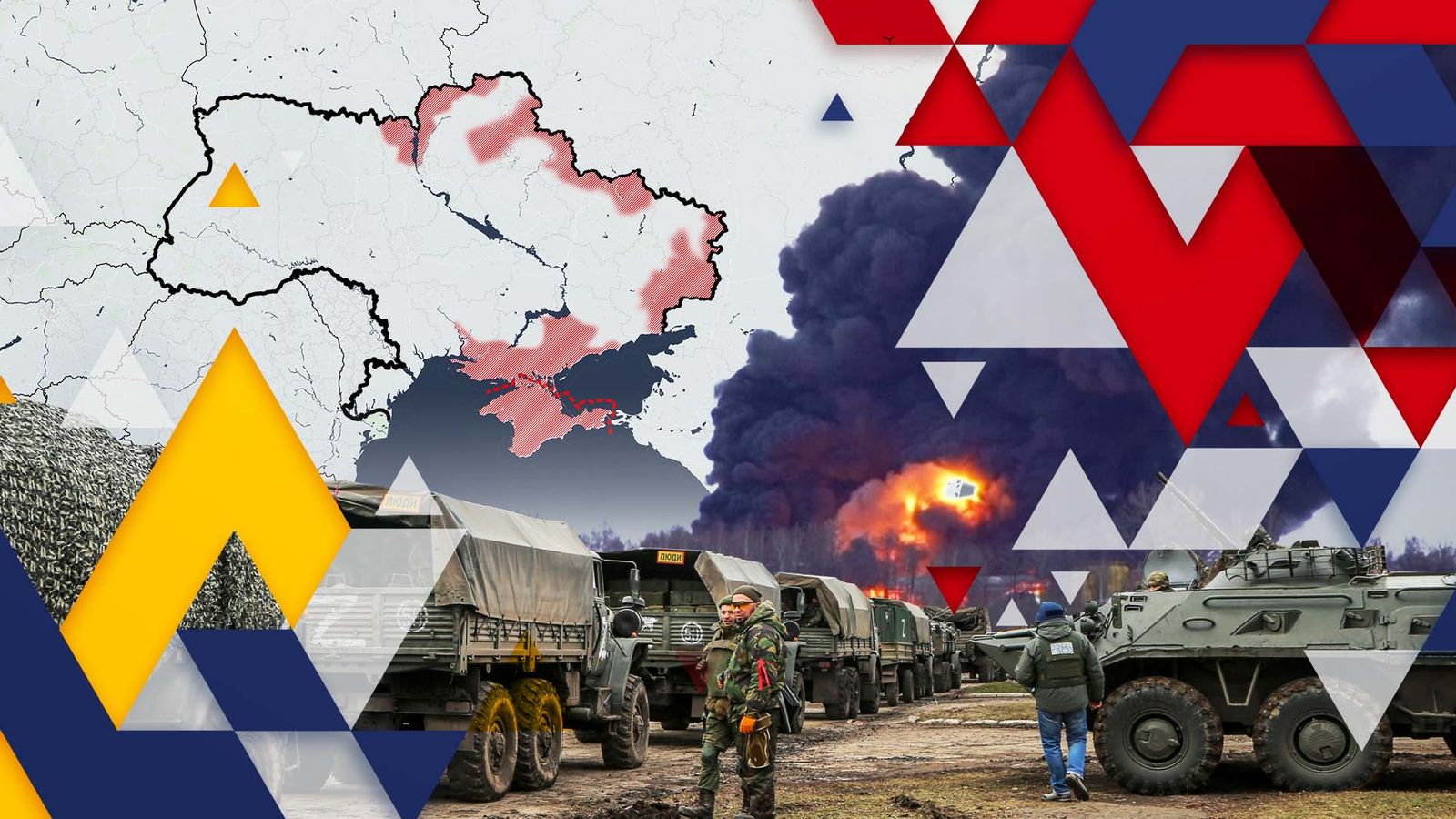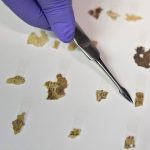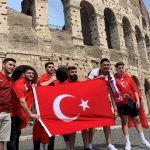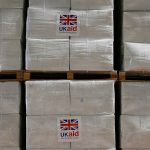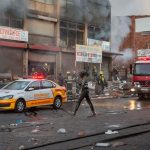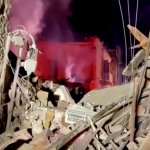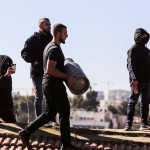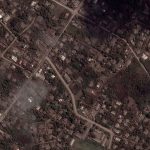The Ukrainian emergency services announced more than 2,000 civilians had been killed so far in Russia’s invasion after seven days of fighting.
The death toll is the result of continued shelling on several cities now surrounded by Russian forces, which includes Kharkiv, Kherson, and Mariupol.
Kyiv has also been hit again, with a TV tower and a Holocaust memorial site struck yesterday evening, killing five, as Russia’s encirclement of the capital continued.
The map below shows where Russian forces have advanced, as of 8pm GMT Tuesday.
Today’s main developments in the Ukraine crisis:
• At least 2,000 civilians dead as Russia moves on Kyiv
• Russia acknowledges hundreds of military casualties
• UN says at least 800,000 Ukrainians have fled their homes
• Boris Johnson accuses Putin of ‘war crime’
• Opposition leader Navalny calls for daily protests
• Joe Biden closes US airspace to Russian aircraft
Live updates as Ukraine foils ‘assassination bid’ against Zelenskyy
Some of the most significant developments have occurred In the southwest of Ukraine.
The city of Kherson has been claimed by Russia after intense fighting, according to the Russian defence ministry, although that’s been disputed by local authorities.
Its capture would make it the largest urban centre taken by Russia so far, being home to almost 300,000 people.
Mykolayiv, around 35 miles northwest of Kherson, is likely to be the next target for Russia in this area.
Reports have been emerging of Russian troops being captured here, suggesting fighting is taking place near the city.
These battles are reflective of a new phase of the fighting involving urban conflict, with one analyst saying it had now become a “war of the cities”.
Professor Michael Clarke, former director of defence think tank RUSI, told Sky News that Russia is moving to more familiar tactics of “squeezing” cities through the slow advance of artillery that may target civilian areas.
It is thought that Russian forces will soon look to sweep further westwards, or conduct a naval landing at Odessa, the key port city of nearly one million people on the Black Sea.
And an image of Belarusian President Alexander Lukashenko briefing his security council has raised fears Russia intends to move further through southwestern Ukraine and into Transnistria, the breakaway region of Moldova.
The image below shows an arrow moving towards the region on a map, possibly hinting at future invasion plans. However, some analysts have cautioned that it may be an example of “maskirovka” – Russian military deception.
In the southeast of the country, the past 24 hours have told a story of steady Russian advance.
Russian troops appear to have reached the southern bank of the Dnieper River to the north of Melitopol.
Here civilians attempted to block the Russians entering Enerhodar, home to Europe’s largest nuclear power plant, only to have shots fired at them.
Further east, Mariupol now finds itself surrounded by Russian forces. This could be a significant step in consolidating a “land bridge” from Crimea to the Russian border.
Mariupol is still under Ukrainian control, however, a testament to the defence of this city. According to Professor Clarke, the port city was expected to fall into Russian hands within hours of the invasion.
Cities like Mariupol have faced heavy shelling, leading to a rising number of civilian casualties.
It also helps explain the increasing number of people fleeing across the border from Ukraine to safe haven. According to the UN, these figures have increased by over 350,000 in 24 hours.
Many people will have been faced with the difficult decision of whether they should leave their homes in Ukraine. Not everyone will be able to go, and many are choosing to stay and fight.
The Data and Forensics team is a multi-skilled unit dedicated to providing transparent journalism from Sky News. We gather, analyse and visualise data to tell data-driven stories. We combine traditional reporting skills with advanced analysis of satellite images, social media and other open source information. Through multimedia storytelling we aim to better explain the world while also showing how our journalism is done.
